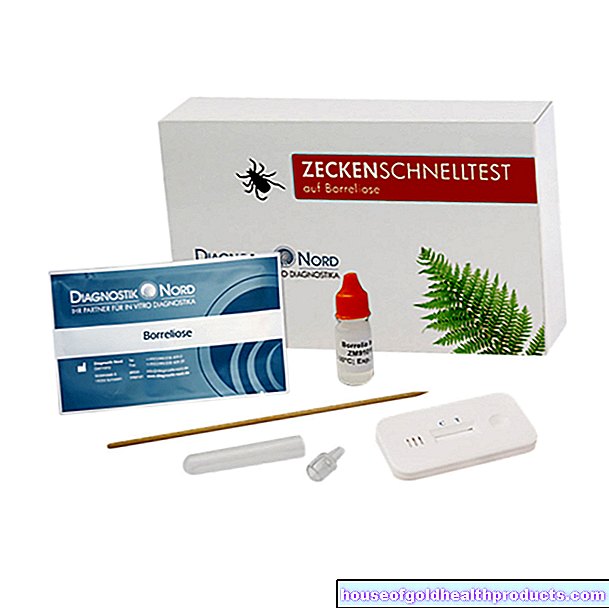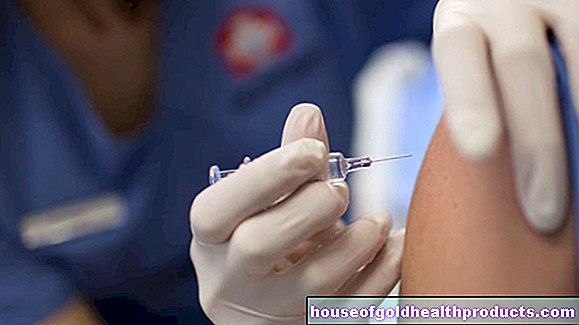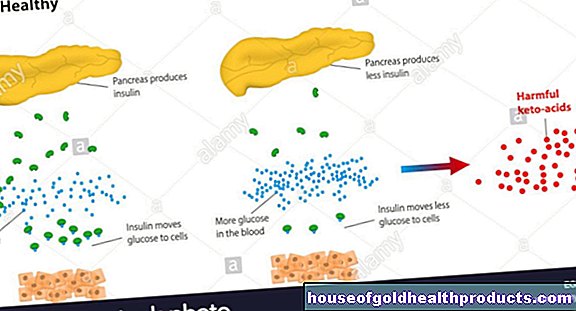Schizophrenia: Dangerous combination pack of infection and stress
All content is checked by medical journalists.MunichThe combination of two environmental factors plays a key role in the development of schizophrenia: An infection during pregnancy and stress during puberty significantly changed the brain, scientists from ETH Zurich report. The points in time at which they have to affect a person's life in order for the disease to break out are also important.
Disastrous interaction
The behavioral researchers developed a special mouse model with which they simulated the processes in humans "in time lapse". Using a special substance, they triggered an infection in pregnant mice in order to trigger an immune response. 30 to 40 days after birth - at this age the animals become sexually mature, which corresponds to puberty - the young animals were exposed to five different stress factors. They came unexpectedly for the mice and corresponded to chronic, psychological stress in humans.
The scientists then tested the behavior of the animals immediately after puberty and in adulthood, which a mouse reaches around three months of age. As a control, the scientists also tested mice that were only exposed to an infection or only to stress, as well as animals that were not exposed to either of the two risk factors.
Duo fatal multiplies risk
There were no behavioral problems in the animals immediately after puberty. In adulthood, however, those mice that had been infected and stressed exhibited abnormal behaviors. They were comparable to those in schizophrenic people. For example, the rodents showed less attention to acoustic stimuli, which was associated with a reduced filter function in the brain. The mice also responded much more strongly to psychoactive substances such as amphetamines.
If the animals were exposed to both environmental factors, the probability of later developing schizophrenia multiplied. But: It took the combination of the two negative influences for the mental illness to break out. "Just one factor - just infection or just stress - is not enough to develop schizophrenia," emphasizes Urs Meyer, the senior author of the study. The infection during pregnancy creates the conditions for stress to “take hold” during puberty.
"Hardware breaks"
The mother's infection activated certain immune cells of the central nervous system, the microglial cells, in the unborn child's brain. These produced messenger substances - the cytokines that changed the brain development of the unborn child. After the maternal infection has subsided, the microglial cells go into a dormant state, but have developed a “memory”. If the adolescent reaches puberty and suffers massive, chronic stress during this time - such as sexual abuse or physical violence - the microglial cells awaken and change certain regions of the brain. These ultimately only develop their devastating effects in adulthood. The brain seems to be particularly sensitive to negative influences during puberty, as it is during this time that it matures. "Apparently something breaks in the 'hardware' that can no longer be repaired," says PhD student Sandra Giovanoli.
Not all genetics
So environmental influences played a bigger role in the development of schizophrenia than expected, say the researchers. "It's not all genetics after all," believes Meyer. However, the results are no cause for panic for pregnant women. Many would go through infections like herpes, runny nose, or the flu. And every child has stress during puberty - be it through bullying at school or an argument at home. "A lot has to come together for the likelihood of developing schizophrenia to be high," emphasizes Giovanoli.
Schizophrenia is a serious mental illness that triggers changes in thoughts, perception, and behavior. People with schizophrenia are at times unable to distinguish between reality and fantasy. It is estimated that one percent of German citizens will develop schizophrenia at least once in their life, reports the Schizophrenia Competence Network. Around 13,000 people in Germany each year would be confronted with this diagnosis for the first time. The disease usually occurs for the first time between the ages of 18 and 35. The disease affects men and women equally often. (in the)
Source: Giovanoli S. et al .: “Stress in Puberty Unmask's Latent Neuropathological Consequences of Prenatal Immune Activation in Mice” Science, pre-online publication, February 28, 2013;
Tags: therapies prevention symptoms


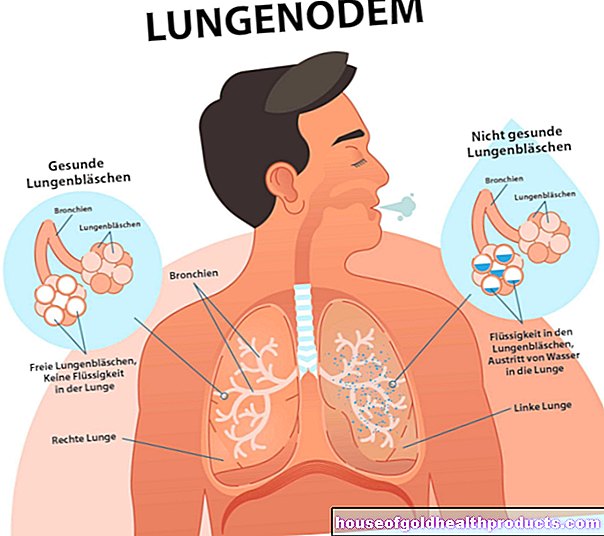
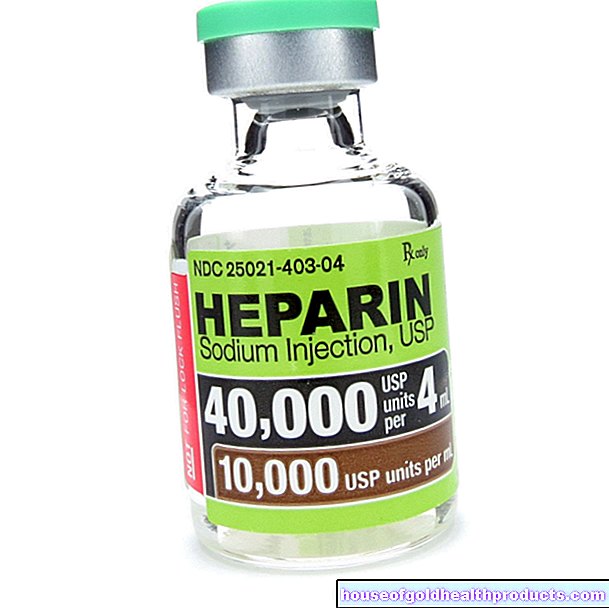
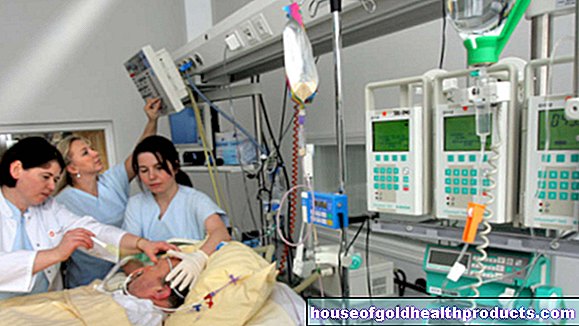
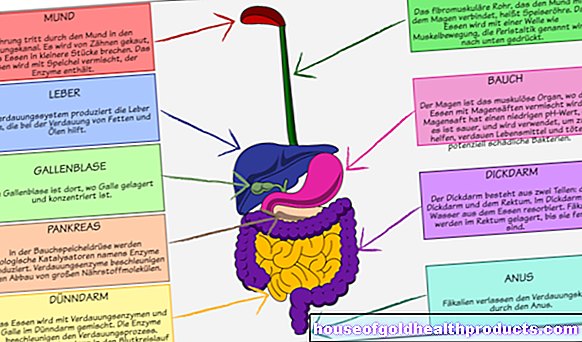
.jpg)

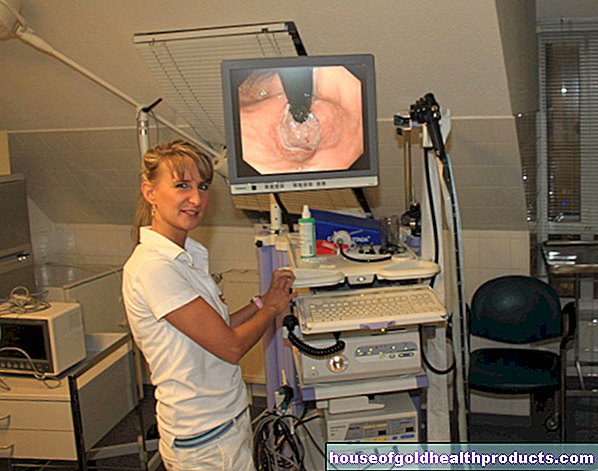











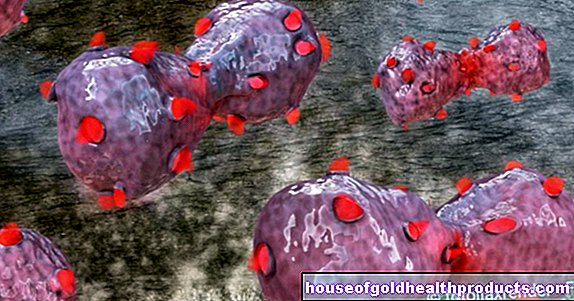

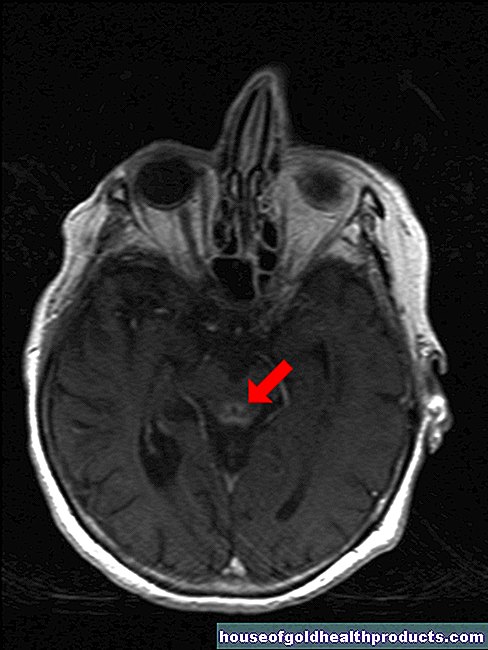


.jpg)
